-79%
Electrodiagnostic Techniques and Their Applications in Clinical Neurology
Electromyography (EMG) remains a cornerstone in the armamentarium of neurological diagnostics. This comprehensive issue of Neurologic Clinics delves into the cutting-edge advancements and clinical applications of EMG, providing an invaluable resource for practitioners in the field.
Nerve Conduction Studies: Unraveling the Complexities of Electrical Transmission
Nerve conduction studies form the foundation of EMG, allowing clinicians to assess the integrity and function of peripheral nerves. The article “Nerve Conduction Studies: Basic Concepts and Patterns of Abnormalities” lucidly outlines the fundamental concepts, including:
- The measurement of nerve conduction velocity and amplitude
- The distinction between demyelinating and axonal neuropathies
- The identification of specific nerve lesions and their potential implications
Needle Electromyography: Delving into Muscle Function
Needle electromyography (EMG) offers a direct window into muscle function, providing valuable insights into neuromuscular disorders. The article “Needle Electromyography-Basic Concepts and Interpretation of Recorded Potentials” meticulously explores:
- The principles and techniques of needle EMG
- The interpretation of spontaneous and evoked muscle activity
- The differentiation between normal and pathological muscle findings
Electrodiagnostic Evaluation of Upper Extremity Disorders
The upper extremities are frequently affected by a variety of neurological conditions. This issue dedicates specific articles to the electrodiagnostic evaluation of:
- Carpal tunnel syndrome, a common entrapment neuropathy
- Ulnar neuropathy and other upper extremity mononeuropathies
- Brachial plexopathies, which affect the nerves supplying the arm
These articles provide detailed guidance on the diagnosis and management of these conditions, utilizing both nerve conduction studies and needle EMG.
Electrodiagnostic Exploration of Lower Extremity and Spine Disorders
The lower extremities and spine also face a range of neurological challenges. The articles in this section focus on:
- Lower extremity mononeuropathies, encompassing individual nerve disorders
- Radiculopathies, arising from nerve root compression
- Motor neuron diseases, characterized by progressive muscle weakness
These articles delineate the specific electrodiagnostic findings and their significance in diagnosing and managing these conditions.
Electrophysiologic Manifestations of Peripheral Neuropathies
Peripheral neuropathies encompass a diverse group of disorders affecting the peripheral nerves. The article “Electrophysiologic Findings in Peripheral Neuropathies” examines the distinctive electrodiagnostic patterns associated with these conditions, including:
- Demyelinating neuropathies, such as Guillain-Barré syndrome
- Axonal neuropathies, such as diabetic neuropathy
- Small fiber neuropathies, characterized by pain and sensory deficits
This article enhances the understanding of peripheral neuropathy diagnosis and classification based on electrophysiological findings.
Unveiling the Enigma of Neuromuscular Junction Disorders
Neuromuscular junction disorders disrupt the crucial connection between nerves and muscles. The article “Evaluation of Neuromuscular Junction Disorders in the EMG Laboratory” delves into the electrodiagnostic techniques for diagnosing:
- Myasthenia gravis, an autoimmune disorder
- Lambert-Eaton myasthenic syndrome, associated with certain tumors
- Botulism and tick paralysis, caused by bacterial toxins
This article provides a comprehensive overview of the electrodiagnostic tools for differentiating these disorders.
Electrodiagnostic Insights into Myopathy
Myopathy refers to disorders affecting the muscle itself. The article “Electrodiagnostic Findings in Myopathy” explores the electrodiagnostic findings in various types of myopathy, including:
- Inflammatory myopathies, characterized by muscle inflammation
- Muscular dystrophies, genetic disorders progressively weakening muscles
- Metabolic myopathies, resulting from metabolic disturbances
This article equips clinicians with the electrodiagnostic tools to diagnose and classify myopathies.
Electrodiagnostic Approach to Cranial Neuropathies
Cranial neuropathies involve dysfunction of the cranial nerves. The article “Electrodiagnostic Approach to Cranial Neuropathies” discusses the electrodiagnostic techniques for assessing cranial nerve function, including:
- Electrooculography for oculomotor disorders
- Blink reflex for facial nerve disorders
- Electrogustometry for taste disorders
This article provides a comprehensive guide to electrodiagnostic evaluation in cranial neuropathies.
Technical Nuances and Reimbursement Considerations in Electrodiagnostic Studies
In addition to clinical applications, the issue also addresses:
- Technical considerations in nerve conduction studies and needle EMG
- Coding and reimbursement of electrodiagnostic studies
These articles offer practical guidance for the implementation and optimization of EMG studies, ensuring accurate diagnoses and appropriate reimbursement.
By integrating these advancements into their practice, neurologists can harness the power of EMG to diagnose and manage a wide range of neurological disorders with greater precision and efficiency.


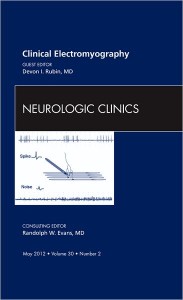
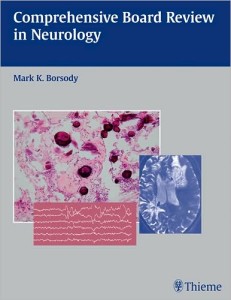

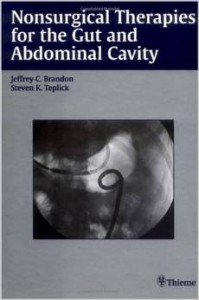

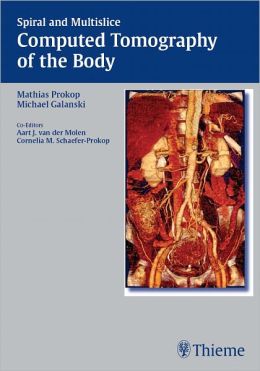
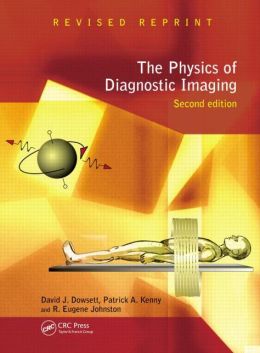
Reviews
Clear filtersThere are no reviews yet.